We've found 222 matches for your search. Order by
Results
-
 £50.90
£50.9076 TROMBONES (Brass Band) - Willson, Meredith - Fraser, Bruce
Medium
Estimated dispatch 7-14 working days
-
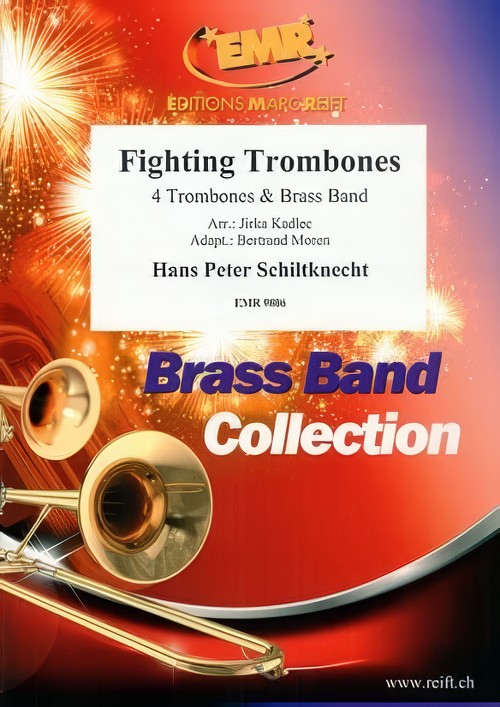 £115.00
£115.00Fighting Trombones (Trombone Quartet with Brass Band - Score and Parts) - Schiltknecht, Hans-Peter - Kadlec & Moren
for 3 or 4 trombonesDuration: 1.30
Estimated dispatch 7-14 working days
-
 £24.95
£24.95FROLIC FOR TROMBONES (Brass Band Set)
Estimated dispatch 7-14 working days
-
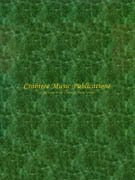 £59.99
£59.99HOLIDAY FOR TROMBONES (Trombone Trio/Brass Band) - Rose, David - Freeh, Mark
Trombone Trio (or Section) and Brass Band. Duration: 4:00 Grade: Medium
Estimated dispatch 7-14 working days
-
 £54.20
£54.20I RIDE ON A MOTOBIKE (Brass Band featuring Trombones) - Tinner, Gilbert
Grade: Medium.
Estimated dispatch 7-14 working days
-
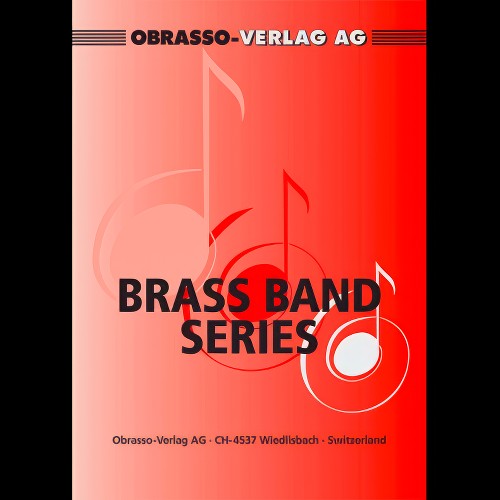 £59.70
£59.70Magic Trombones (Trombone Trio with Brass Band - Score and Parts) - Barry, Darrol
Duration: 4:30
Estimated dispatch 7-14 working days
-
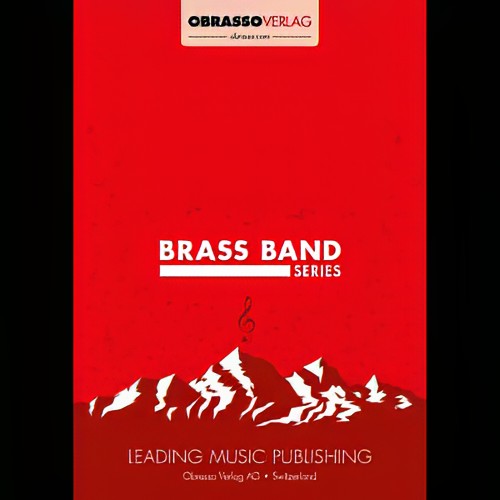 £56.00
£56.00Rocking Trombones (Trombone Trio with Brass Band - Score and Parts) - Fernie, Alan
Duration: 3.00
Estimated dispatch 7-14 working days
-
 £50.90
£50.90SPANISH TROMBONES (Trombone Trio with Brass Band) - Marquina, Pascual - Fernie, Alan
Grade: Medium.
Estimated dispatch 7-14 working days
-
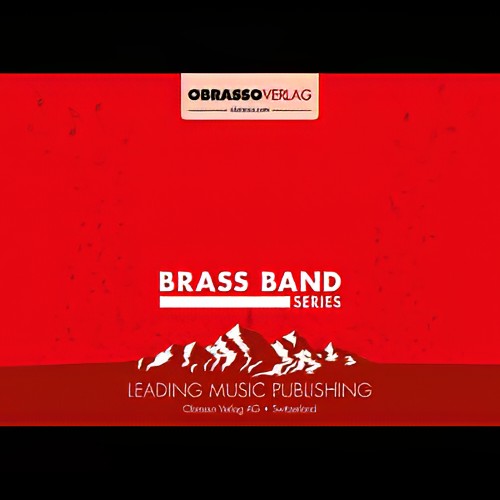 £59.70
£59.70The Attack of the Killer Trombones (Trombone Trio with Brass Band - Score and Parts) - Fernie, Alan
Duration: 3:30
Estimated dispatch 7-14 working days
-
 £37.95
£37.95TIRED TROMBONES (Trombone Trio/Brass Band) - Chester, Charlie
Estimated dispatch 7-14 working days
